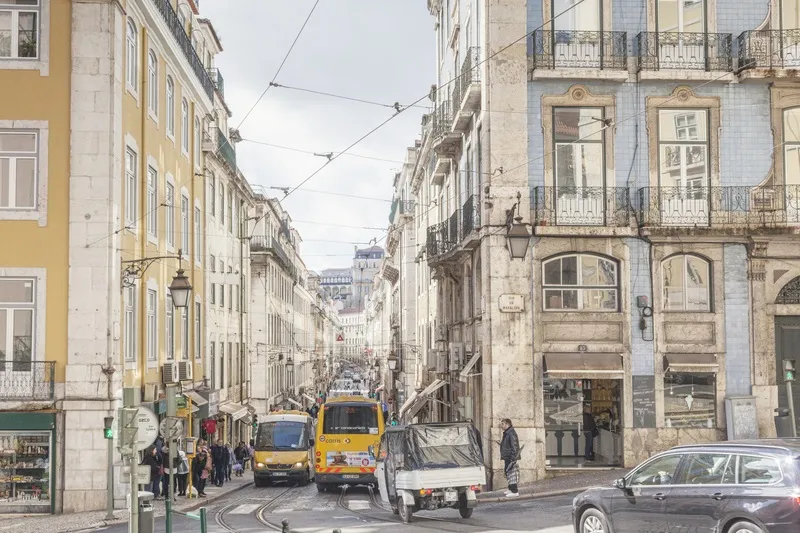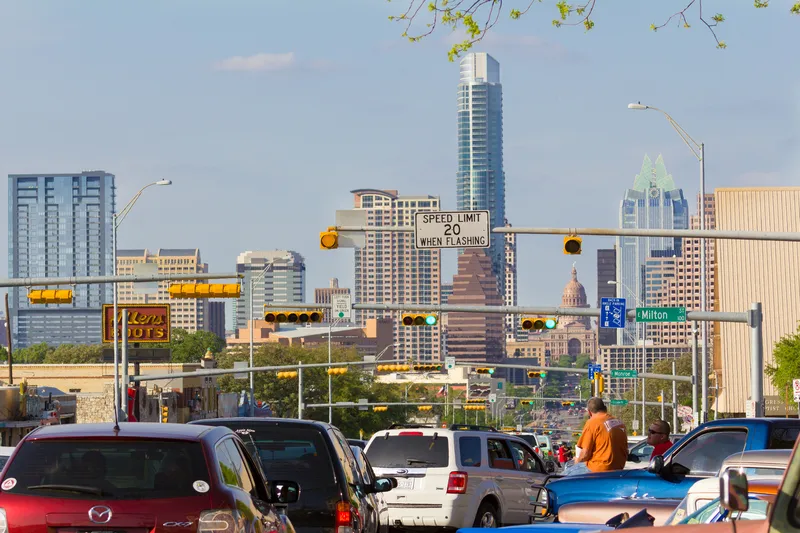Auckland Council in New Zealand has approved SkyPath’s resource consent application, meaning that the US$22 million public-private partnership can go ahead and could be built as early as 2016.
SkyPath is a project to provide a shared path along the city side of the Auckland Harbour Bridge. It will be an attractive, semi-enclosed facility that will appeal to recreational users and visitors as well as commuters. Combined with SeaPath to the north and the Westhaven Promenade to the south, SkyPath will link
July 6, 2015
Read time: 2 mins
Auckland Council in New Zealand has approved SkyPath’s resource consent application, meaning that the US$22 million public-private partnership can go ahead and could be built as early as 2016.
SkyPath is a project to provide a shared path along the city side of the Auckland Harbour Bridge. It will be an attractive, semi-enclosed facility that will appeal to recreational users and visitors as well as commuters. Combined with SeaPath to the north and the Westhaven Promenade to the south, SkyPath will link the communities of Auckland.
Conceived as a community initiative, SkyPath will be financed by private sector funding in partnership with Auckland Council, where users pay an entrance fee to fund the construction and operation of SkyPath. At the conclusion of funding arrangement, SkyPath will be transferred into Auckland Council’s ownership.
SkyPath said on its website, “This is a robust decision that gives us confidence to move forward. In conjunction with our funders, we are now signing up to a Memorandum of Understanding to appoint Downer as the delivery partner for SkyPath.”
SkyPath is a project to provide a shared path along the city side of the Auckland Harbour Bridge. It will be an attractive, semi-enclosed facility that will appeal to recreational users and visitors as well as commuters. Combined with SeaPath to the north and the Westhaven Promenade to the south, SkyPath will link the communities of Auckland.
Conceived as a community initiative, SkyPath will be financed by private sector funding in partnership with Auckland Council, where users pay an entrance fee to fund the construction and operation of SkyPath. At the conclusion of funding arrangement, SkyPath will be transferred into Auckland Council’s ownership.
SkyPath said on its website, “This is a robust decision that gives us confidence to move forward. In conjunction with our funders, we are now signing up to a Memorandum of Understanding to appoint Downer as the delivery partner for SkyPath.”










